VOD stands for Video-On-Demand and has been the most accessed section in the streaming platform. Especially for IPTV service, it is the most-wanted segment the users are looking for. It is the distribution technology in which subscribers can access movies and other content anytime they want. There is no fixed schedule that the providers and subscribers need to follow.
Popular platforms like Prime Video, YouTube, and Disney Plus support the video-on-demand structure. Get to know the extensive and brief guide about VOD, its legal status, advantages, and more.
What is VOD Streaming
Video-on-demand streaming refers to accessing movies, TV shows, and other content from an online library. You can search for any content or choose these titles from the recommendations. Apart from movies and TV shows, it includes documentaries, stand-up comedies, reality shows, anime, kids’ shows, and more. Popular video streaming services like Netflix and Prime Video have a VOD structure.

At the same time, smaller content creators can use the VOD. They can create their content and post it on platforms like YouTube. These creators can host, manage, deliver, and monetize their content. Creators need to make sure that their videos are relevant and can attract the masses. It can even include the promotion of movies, products, and other relevant content.
Is Streaming VOD Content Legal?
Yes and no. There are a lot of video-on-demand platforms, like Netflix and Prime Video, which are legal services. Streaming VOD content from them is legal. At the same time, a few IPTV providers include video-on-demand content without the necessary copyrights. It depends on the subscription you have. If you are worried about the exploitation of your security online, get the best online security by using the best VPN services like NordVPN and ExpressVPN. They will also help you unblock geographical restrictions from your provider.
What are the Advantages of VOD
VOD is a platform that integrates a lot of advantages for both the creators and the consumers.
- It is a convenient method for consumers to watch their favorite shows and movies.
- Users do not have to watch the whole content at the same time. They can resume watching the title whenever they have time.
- It does not have any restrictions on time, and users do not have to follow a schedule.
- The best advantage of VOD platforms is that it is accessible everywhere. Users can watch their favorite content at home or while commuting to work.
- Since Video-on-demand platforms include pre-recorded videos, creators get to edit them and produce quality content for their viewers.
- Most of the on-demand content streaming platforms do not support ads.
- Users get the chance to filter out ads by getting a premium subscription to the on-demand platform.
What are the Disadvantages of VOD
As every coin has two sides, VOD includes some disadvantages as well.
- It is hard to access all your favorite content in the same place. Some of the popular shows might be available on two conflicting platforms.
- To watch all your favorite content, it is necessary to subscribe to different platforms. It will result in a heavy subscription charge for all these platforms in total.
- Some of the content includes geographical restrictions. Users might not be able to access it everywhere.
- Similarly, some of the popular applications are not available all across the globe.
- The VOD models usually do not include live content like news and sports coverage.
How to Choose a VOD Platform
If you are looking to choose a VOD streaming platform to provide your content, there are a few factors that you should consider.

- The service should support cross-platform playback. Users should be able to access it on smartphones, Smart TVs, streaming sticks, and gaming consoles.
- The service should offer proper analytics so that the creators can know about the performance of their videos. It will also help them to make better videos.
- It should offer privacy and security and prevent unauthorized access to the content. For instance, the service should offer geographical and domain restrictions.
- The platform should be capable of uploading, storing, managing, organizing, and distributing on-demand content.
- It should be able to adjust the video quality depending on the conditions of the streaming devices.
- The service should make sure that the content reaches viewers across the world in a secure manner.
- Another requirement is API and SDK access. In other words, the platform should allow you to integrate with external technologies.
Type of VOD Business Models
The Video-On-Demand platforms can be categorized into 3 major groups. They include:

Subscription Video-On-Demand
Subscription video-on-demand, or SVOD, is a subscription-based on-demand streaming platform. For instance, Netflix, Amazon Prime, Hulu, and Disney Plus belong to this category. Users need to pay for monthly or annual subscription plans to access streaming content. The subscription plans and prices are different for different platforms. These services have a lot of competition among themselves and provide you with quality content.

Transactional Video-On-Demand
Transactional video-on-demand, or TVOD, also requires users to pay for streaming content. However, it only charges for the content that the users consume. If they consume less, they pay less. If they watch more content, they have to pay more. These platforms have set prices for movies, and TV shows that users can buy or rent to watch. Platforms like iTunes and VUDU belong to this category.
Advertising Based Video-On-Demand
Advertising-based Video-on-demand, or AVOD, is a subscription-less video streaming platform. In other words, users can watch most of the content for free. At the same time, these streaming services generate revenue with ads. These advertisements pay for the cost of running the platform. Popular platforms, including YouTube and Dailymotion, belong to the AVOD category.

Creating VOD Content: Factors to Consider
There could be more than just one reason why you want to create on-demand content. This platform is especially beneficial to businesses irrespective of its scale.
- You have to make sure that your on-demand app is available on all popular streaming platforms like Roku, Fire TV, Apple TV, and more.
- It is important to find the best technology partner who can help you develop and maintain your app.
- Creators should make sure that they create quality content. They can use editing software to remove unwanted portions and make them attractive.
- Also, the content should deal with relevant topics to attract viewers.
- Make sure that you keep up with your content.
- It is necessary to promote your VOD platform. You can promote it with ads or spread links to people who might be interested.
How to Stream VOD Content on Streaming Devices
If you want to stream videos on demand content offered by the IPTV provider on any streaming device, you need to use IPTV players that support VOD streaming. Since there are numerous players available in the market, it is very important to choose the best IPTV player in order to play movies, TV shows, special programs, and more from the VOD section.
Once you’ve installed the player, you need to enter the playlist URL of your provider when the player asks for it. After loading the playlist, you can use the EPG guide to stream your favorite VOD content on the player.
What is OTT
An over-the-top application or OTT app is another structure for broadcasting video content.OTT is an efficient alternative to the traditional TV or satellite structure. It is different from Video-on-demand even though they have similarities. Also, it helps creators bring their content to streaming devices. It mainly focuses on Android and iOS streaming devices.

OTT is a streaming model that attracts more customers to a particular brand. It only requires a subscription similar to the traditional TV or cable subscription. At the same time, the brands provide their content for the users. OTT services offer subscription plans of various tiers. Also, they offer a bundle of products to the subscribers.
Live Streaming vs VOD: Know the Difference
Live streaming and on-demand video streaming are two different sections with their benefits.
| VOD | Live Streaming |
| The video-on-demand library usually consists of pre-recorded videos. | Live streaming videos usually include live sports streaming or vlogs. |
| The creators can edit the videos and make them more enjoyable before uploading them to the library. | There is no chance for the creators to edit the videos as it is being streamed live. |
| Users can pause, fast-forward, and rewind through the content available in the library. | The views of live streaming can’t fast-forward through the content. |
| They can stop watching the content whenever they want and resume them at a convenient time. | Users can stop watching the content whenever they want. However, it might not be available in the library for watching later. |
| The creators of on-demand content get the time to learn from their mistakes and correct them. | Live streamers do not get a chance to correct the errors that happened in the video. |

What is the Future of VOD
When considering the past few years, the graph of VOD has been rising gradually. This is because of the diverse content that users can consume from their desired streaming services. We expect that this hype will be maintained in the upcoming years as well. For the same reason, thousands of small businesses and creators are establishing themselves in the VOD industry. It depends on the kind of content they provide and the engagement that they receive. Still, it is hard to completely rule out the fact that a sudden change might happen.

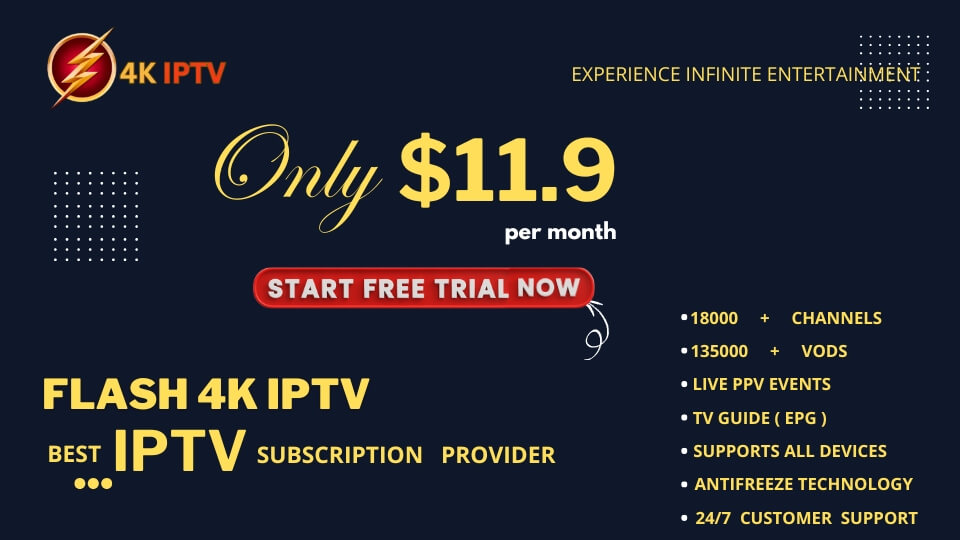
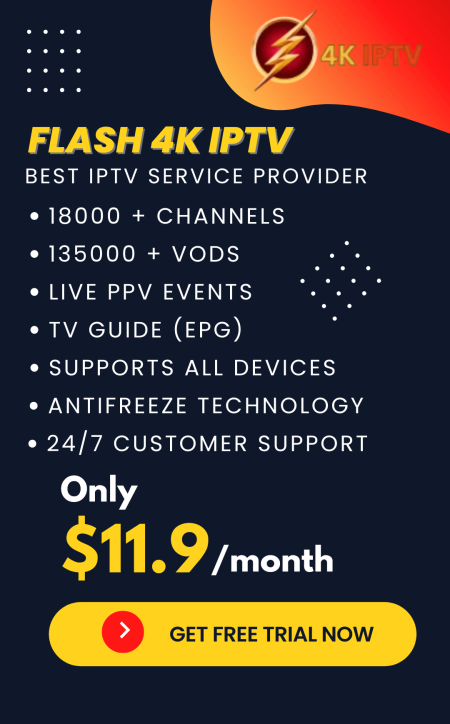
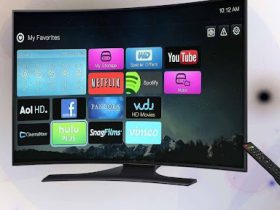


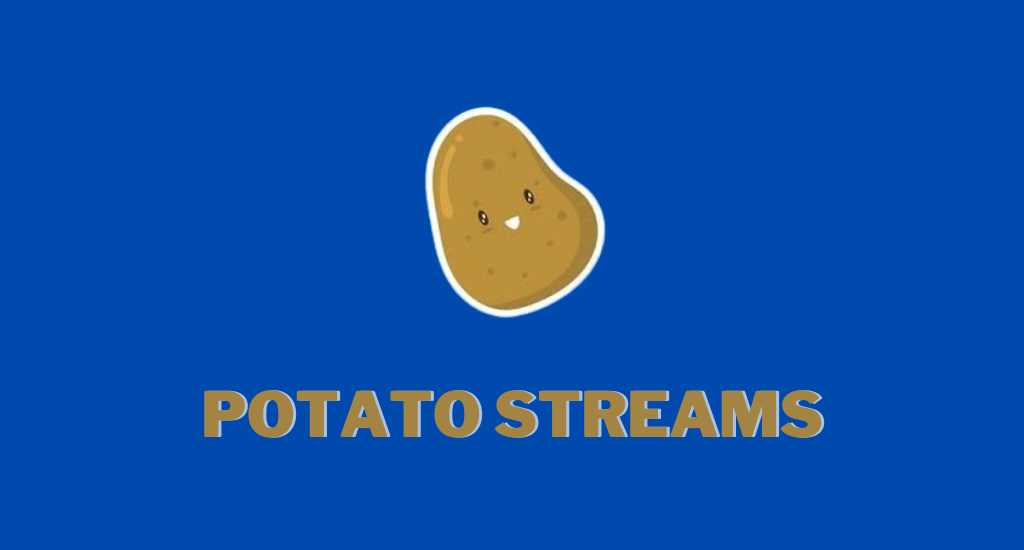
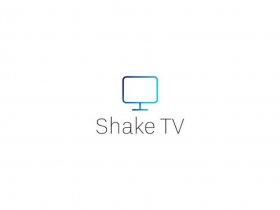


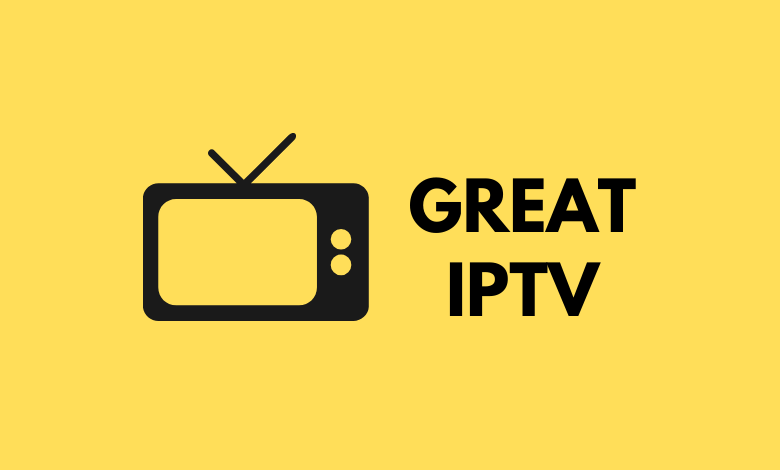
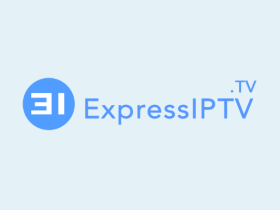


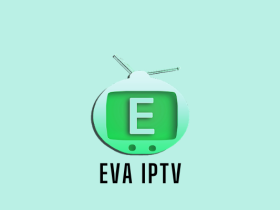
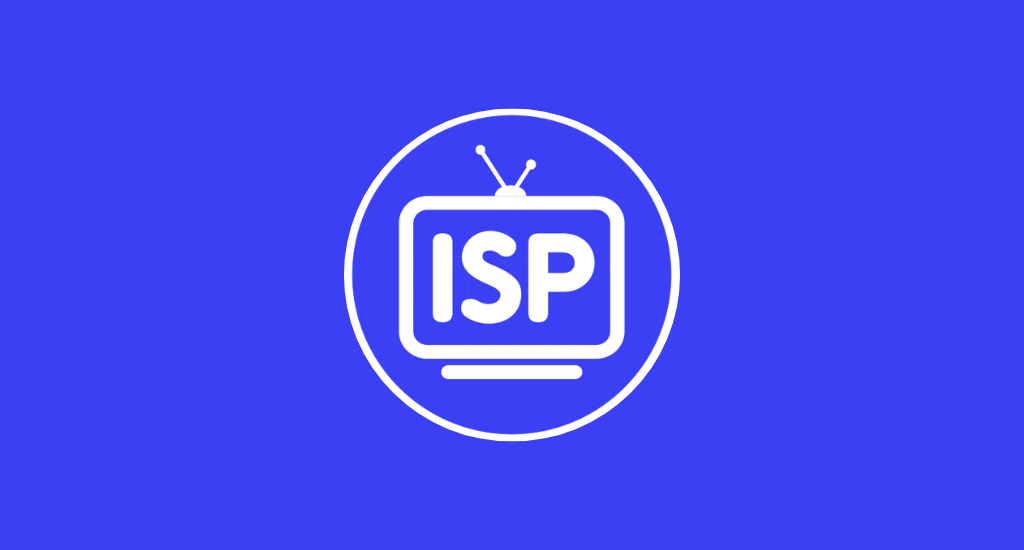


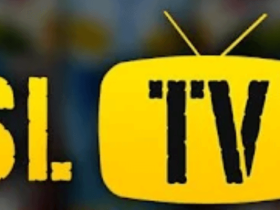
Leave a Review